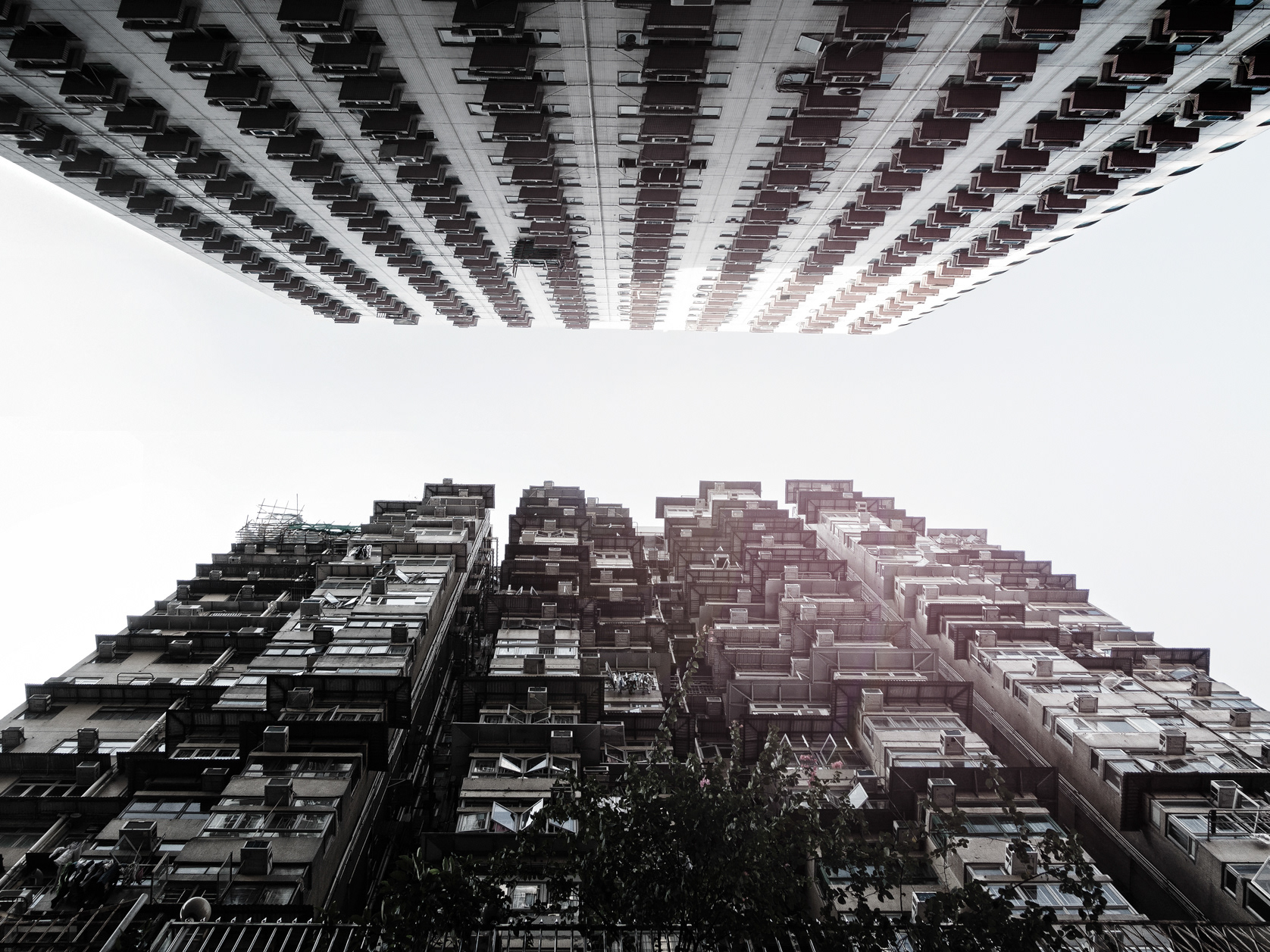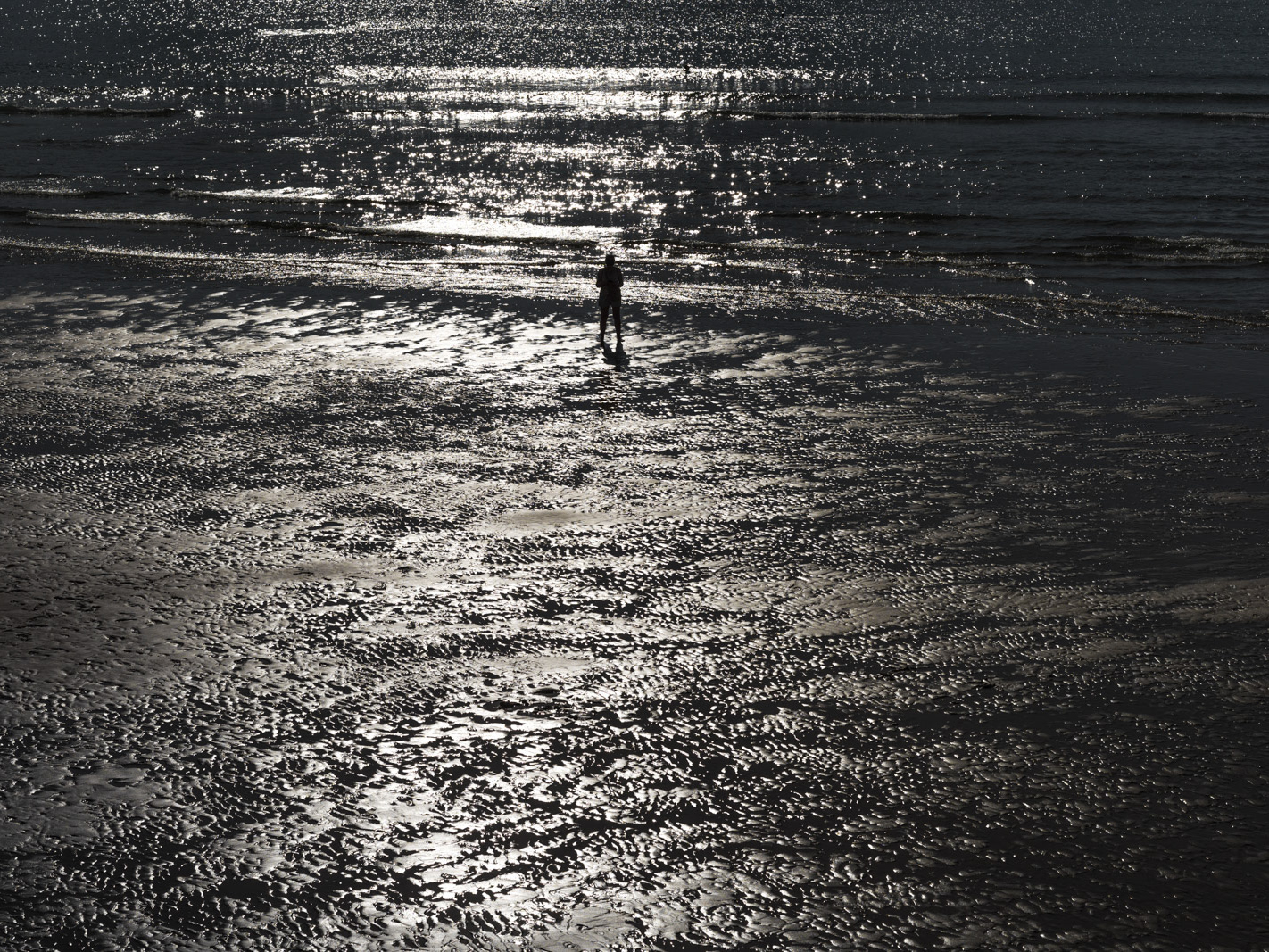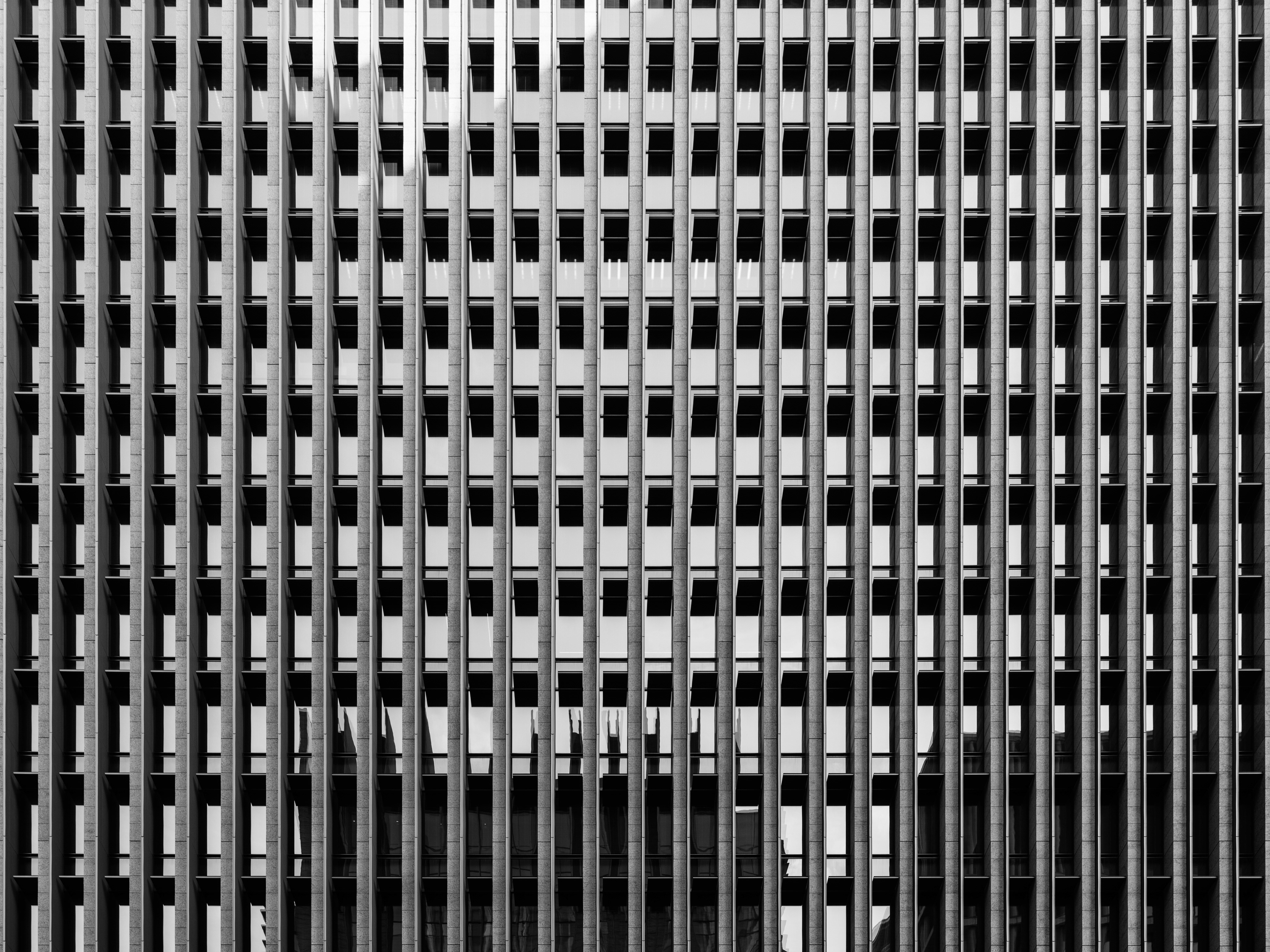Rural landscapes from the Lake District in England, Oxfordshire and Japan comprise the Dispersion series, which borrows its name and symbolism from the realm of chemistry. These mysterious landscapes shrouded with fog ooze a Zen-like serenity, and much like Aristotle Roufanis’s Halcyon Days, they convey a feeling of flow and impermanence. There is a certain tension in these images—a melancholic introspection if you like—as we notice that these images catch a glimpse of a world in the act of disappearing, of slipping beyond the event horizon of perception.
The term “dispersion” is used to describe a system in which particles are dispersed in a continuous phase, meaning their state is the same across the system but they are scattered apart from each other. Considering that Dispersion is another word for the Diaspora, it becomes clear that Aristotle Roufanis’s experience as an immigrant is also referenced in this series. “Dispersion has a particularly personal meaning for me,” he explains. “Burdened by the problematic situation in Greece and the stress of a new beginning in Britain, I strongly identified with the landscapes pictured in the series. The ‘system’ of my ever-shifting ‘phases’ created a strong understanding of how things change in our lives.” Naturally, dispersion relates to dilution, as the more dispersed the molecules of a substance are in another medium, the more diluted that substance is. It’s easy to imagine an immigrant projecting their own life story on a foggy landscape: just as the fog blurs everything around us and we feel absorbed in its greyness, so does the immigrant feel isolated in a foreign society, and their identity gradually diluting in the culture that surrounds them.
Dispersion is the most abstract of Aristotle Roufanis’s work, in the sense that surfaces and shapes are blurred to the point of making them almost unrecognisable, resulting in a homogeneity of grey fog floating between the viewer and the material world like a veil. In this series, human presence and architecture is almost completely absent, and when it does make its appearance it is only as a shadow hinting a building or a landscaped orchard. Animals and plants are instead more prominently featured; the quietness of these images is so aptly conveyed that by looking at them one can almost hear the muffled silence of these misty landscapes. Different in scale but same in technique and artistic intention, the final image of the series captures a mountainous landscape in Japan shrouded with clouds, and draws our attention in the way the heavy landmass, the foliage of the forest and the ethereal wafts of rising fog are layered and coexistent. It is in this image that the multiple meanings of Dispersion come together—as a scattering, a contradiction and a meditation on the space between things.
Text by Kiriakos Spirou
Soulmates - Previously exhibited at the Royal Academy of Arts - Sold Out
Dispersion II, 2015 - Sold Out
Dispersion III, 2015
Dispersion IV, 2015
Dispersion V, 2015





